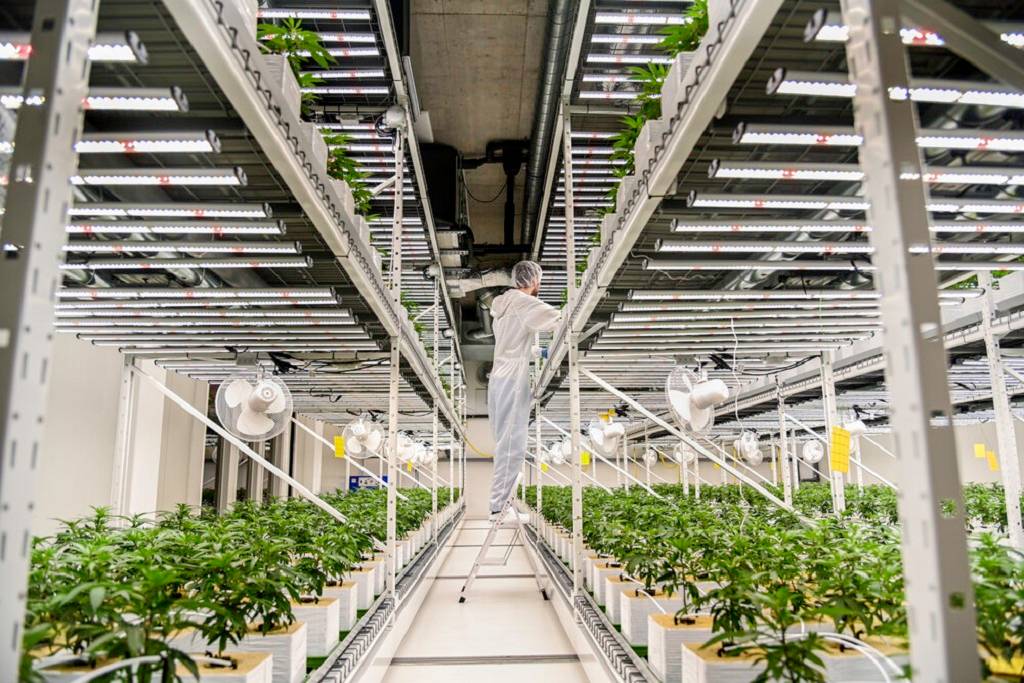
The method of growing plants and crops on a large or small scale entirely indoors and with the help of hydroponics and artificial light is known as Indoor Farming or Indoor gardening. Artificial light is required for providing the plant with nutrients and it also contributes to plant growth.
Most commonly, fruits, vegetables, and herbs are grown indoors, however, other varieties of plants can also be grown using the same method. Indoor farming is popular in regions where it is difficult to find land for farming purposes.
Commercially, indoor farming is used for the cultivation of fruits and vegetables to supply the regions with dense populations such as cities. There are numerous benefits of indoor farming, one of them consists of the fact that it requires less area for the growing of crops and a whole can be easily be managed by a single person.
Typically, indoor farming requires a combination of artificial lights and hydroponic methods. The lighting provides the plant with the same nutrition content as they would get outdoors. Some indoor farming methods include the use of natural light resources along with artificial.
Advantages of Indoor Farming and Why Is It The Future Of Farming?
There are countless benefits of indoor farming such as the indoor farmers can control the climatic conditions of the farm according to their requirements. The problem of pest contamination of the crops can easily be solved and managed. Indoor farming requires less amount of water, hence it is an effective way of cultivating crops while saving water. The biggest advantage of this type of farming is that the growers can yield more crops per acre than regular farming.
While considering all these advantages of indoor farming, we can say that it is going to be the future of farming. With the increasing population of the world, rising demands of water, high demand for food, and constant change in climatic conditions, methods like indoor farming have the potential to meet the high demands of food in the near future.
















